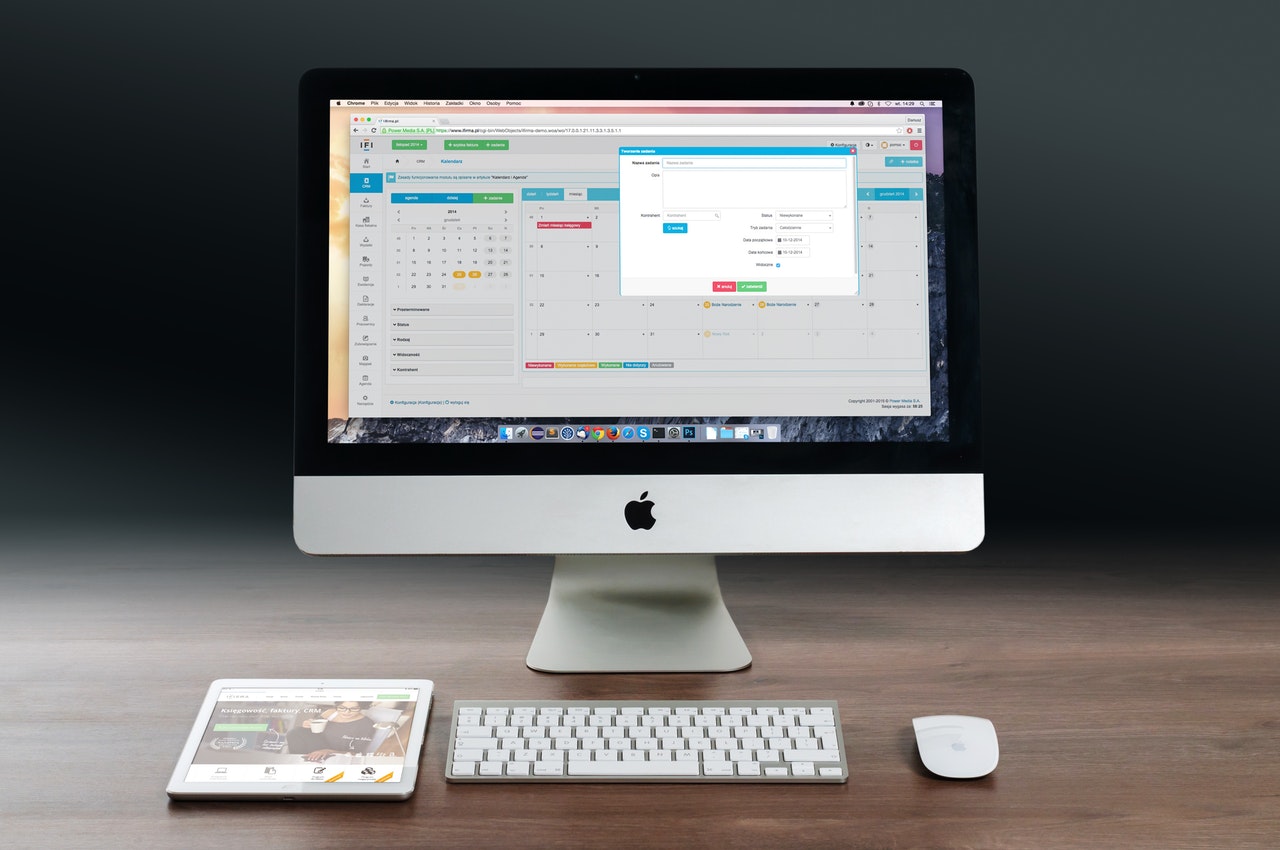# High fidelity prototype
- Purpose
- Show how the finished application will look
- Time required
- Depending on the scope of the application, usually several days
- Participants
- UI Designer
- Level of experience
- Expert

# Summary
The fidelity of a prototype describes the level of detail of the production, i.e. the extent to which the prototype corresponds to the look and feel of the later interactive application. While Low-Fidelity-Prototypes are mostly created with paper and pen, prototyping software is often used for the realization of High-Fidelity-Prototypes. High fidelity prototypes are clickable (click dummies) and react to user interaction. The graphical representation is already very detailed and looks very similar to the future interactive application. This also applies to the content of the application: text is available and coherent. Neither placeholders for images nor Lorem-Ipsum text are included.
# Result
An interactive prototype, which is already very similar to the future interactive application.
# Approach
First of all, the appropriate fidelity of the future prototype must be selected according to the current project situation. Depending on the objective (e.g. idea generation or specific customer feedback) a Low-Fidelity-Prototype or a High-Fidelity-Prototype can be appropriate. If a high fidelity prototype is chosen, an additional prototyping tool must be selected for implementation. The interactive application can then be built with the prototyping tool.
# Time of use
Ideally, you can build on existing low-fidelity prototypes or wireframes. In any case, the basic requirements for the application should be known.
# Tools and Templates
Prototyping tool, e.g:
- Axure (opens new window)
- InVision (opens new window)
- Adobe XD (opens new window)
- Figma (opens new window)
# Advantages
Due to the interactivity and the detailed design, realistic user tests are possible. Individual components (e.g. navigation structure) can also be evaluated.
# Disadvantages
The creation effort is very high and yet even high fidelity prototypes can usually not be reused. Also, feedback at this level of processing is often limited to details. Care must be taken not to get lost in detailed discussions (e.g. color of the button), but also to keep an eye on the overall interaction concept.
# Hints
Established design patterns should be taken into account during design.